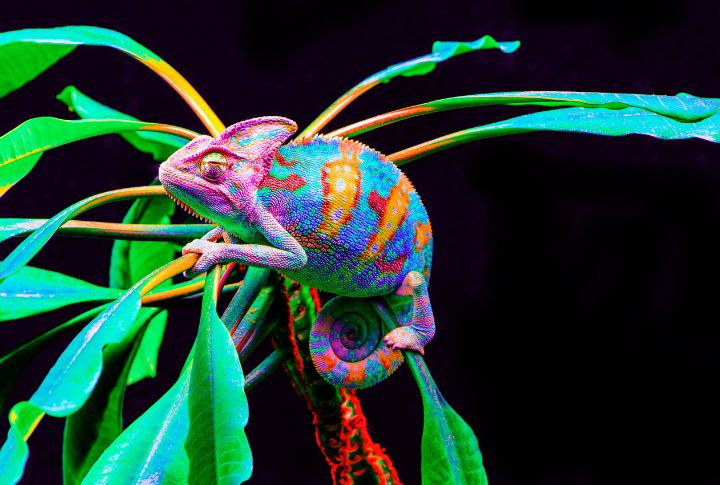
The diversity of life on Earth is astonishing. Animals exhibit various forms that often seem bizarre or even unbelievable. While these shapes and sizes may appear random or whimsical, they are usually the result of complex evolutionary processes shaped by numerous factors. We’ll walk you through 15 factors responsible for the weirdest animal shapes and sizes.
Adaptation to Environment
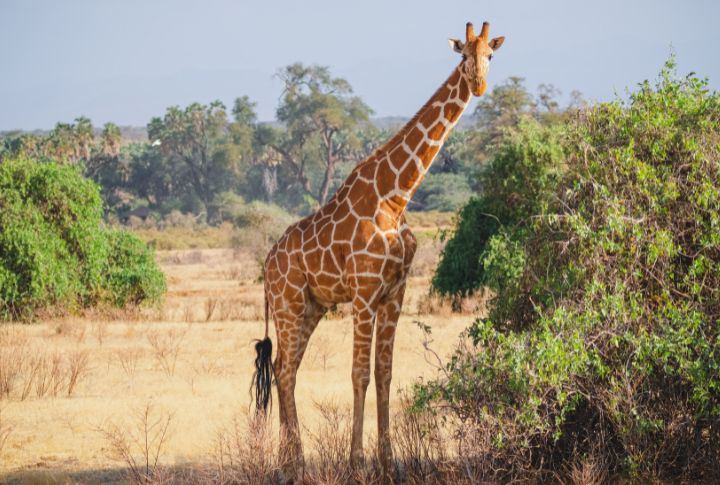
Animals evolve shapes and sizes that best suit their habitats. For example, the giraffe’s super long neck allows it to reach high leaves in trees. Also, the streamlined body of a dolphin helps it swim efficiently in water.
Predator-Prey Dynamics
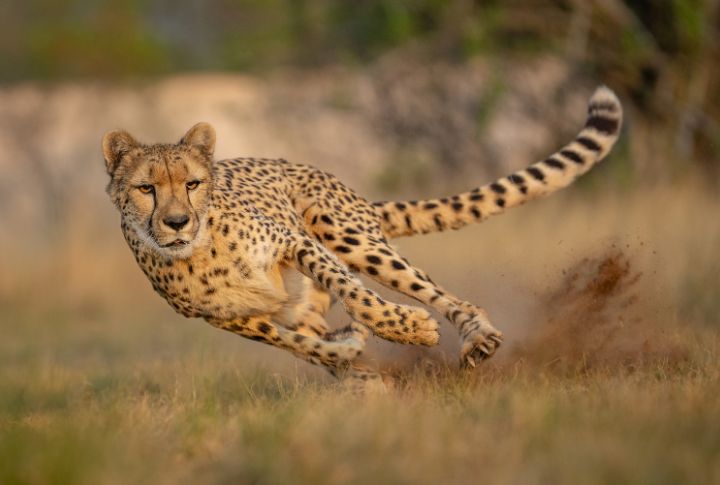
The need to catch prey or evade predators influences an animal’s physical characteristics. Cheetahs have evolved to be incredibly fast to catch prey. On the other hand, armadillos have hard shells for protection.
Reproductive Strategies
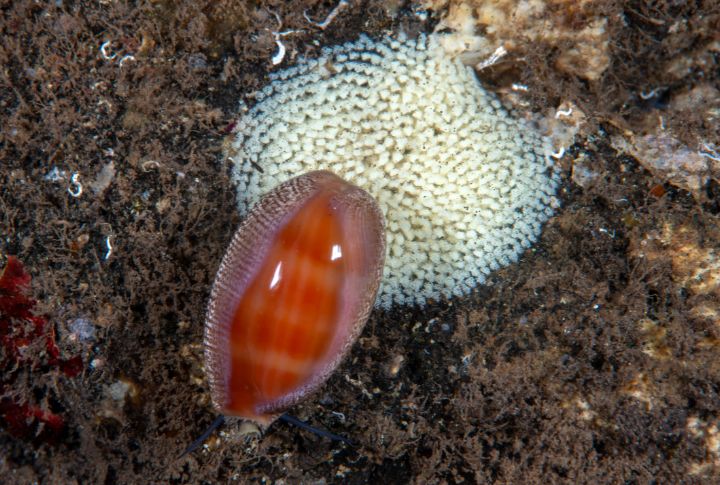
The way animals reproduce can affect their size and shape. For instance, some species of fish are larger, and this helps them produce more eggs and have more successful reproductions.
Energy Efficiency
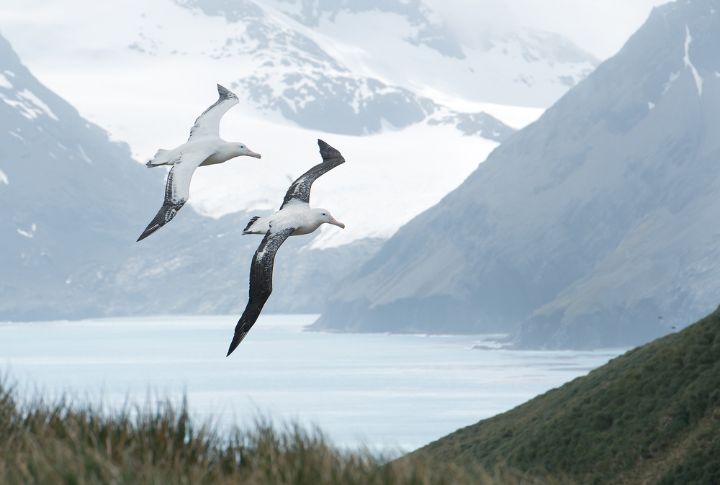
An animal’s body may maximize energy efficiency in their activities. Albatrosses and some other birds have long wingspans to glide far with minimal energy. Desert animals may have thick skin and cushioned soles to survive the hot ground and conserve water.
Thermoregulation
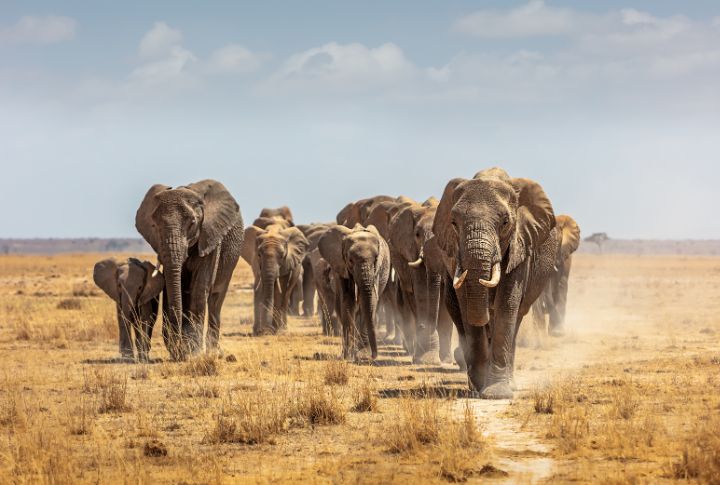
Body shape and size can help animals regulate their temperature. Elephants have big ears that dissipate heat, and polar bears possess a thick layer of fat and a large body to retain heat in cold climates.
Dietary Needs
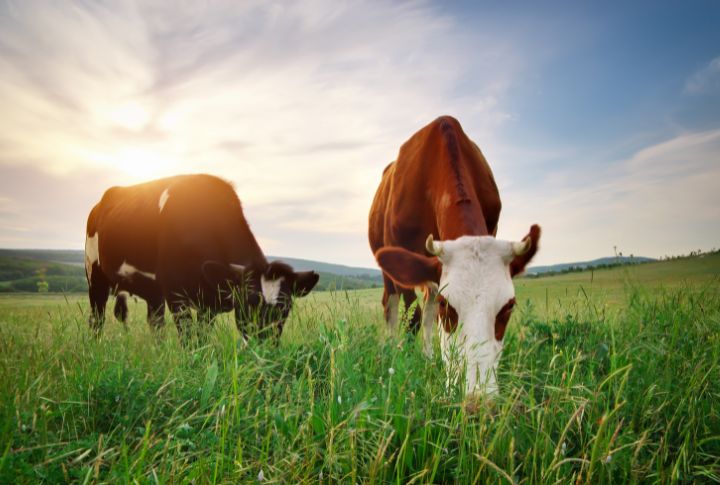
The type of food an animal eats influences its physical characteristics. Herbivores like cows have large, flat teeth for grinding plants, while carnivores like lions have sharp teeth for tearing meat.
Social Structure and Behavior
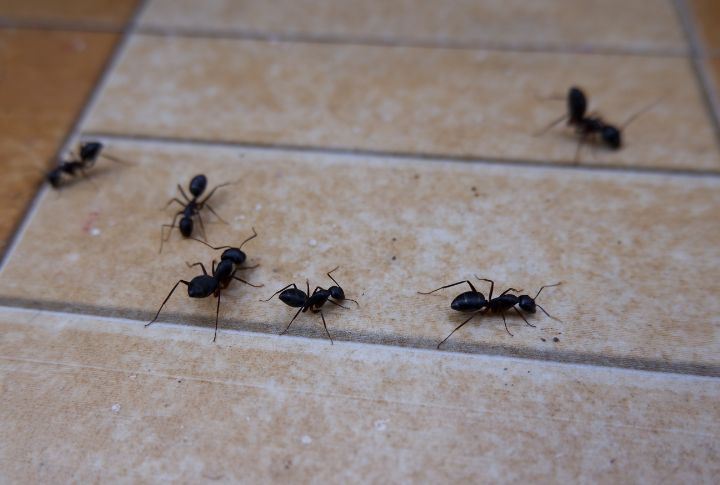
Social interactions and behaviors can shape an animal’s evolution. For example, ants and bees exhibit eusocial behavior, leading to specialized body forms like workers and queens to fulfill different roles within their colonies.
Camouflage and Mimicry
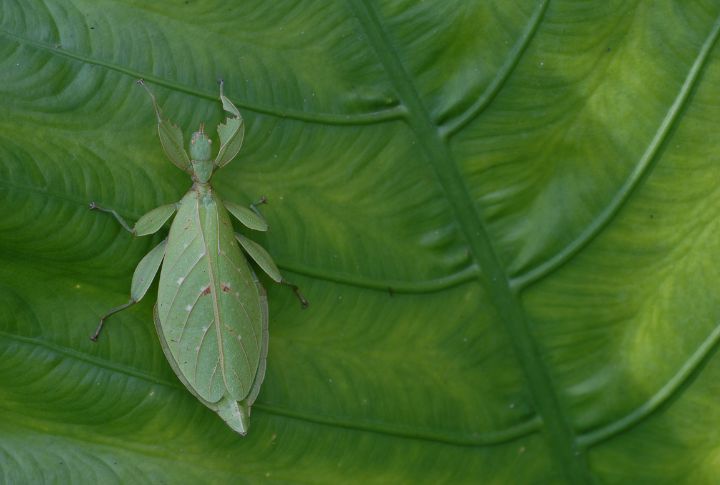
Animals evolve shapes and sizes that help them blend into their environment or mimic other species for protection. Stick insects resemble twigs to avoid predators, and certain butterflies mimic toxic species to deter predators.
Resource Availability
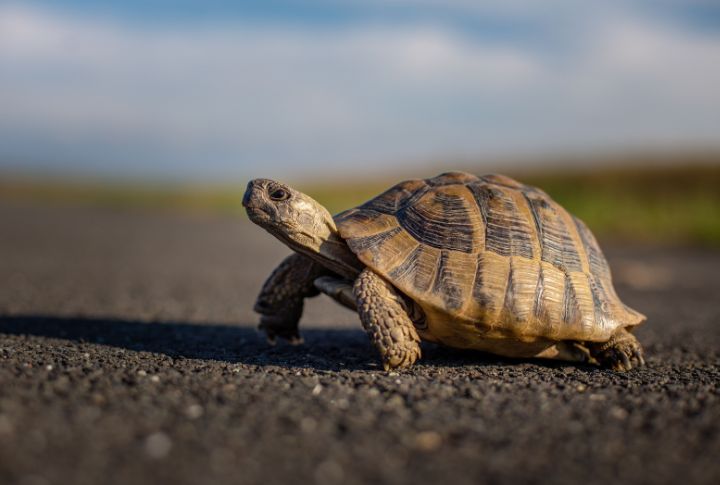
The abundance or scarcity of resources can drive the evolution of body size. Island gigantism and dwarfism are examples where isolated environments lead to significantly larger or smaller kinds, such as the Galápagos Islands’ giant tortoises and the ancient Mediterranean islands’ miniature elephants.
Flight and Locomotion
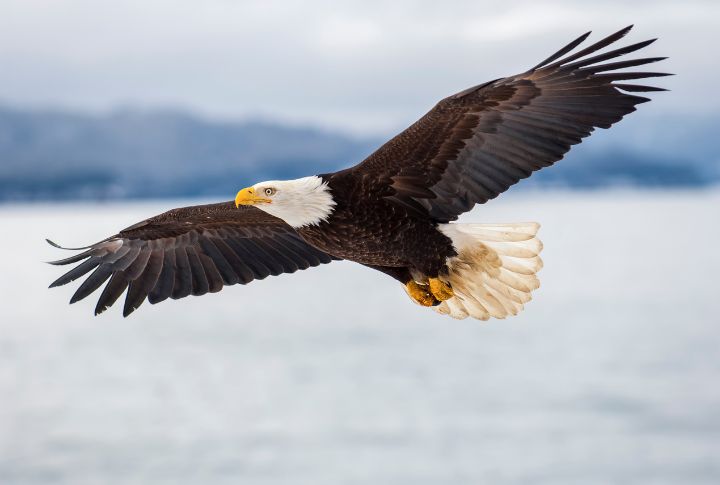
The need for efficient movement affects body shape. Birds and bats have aerodynamic bodies to facilitate flight, and terrestrial animals like kangaroos have powerful hind legs for jumping.
Defensive Mechanisms
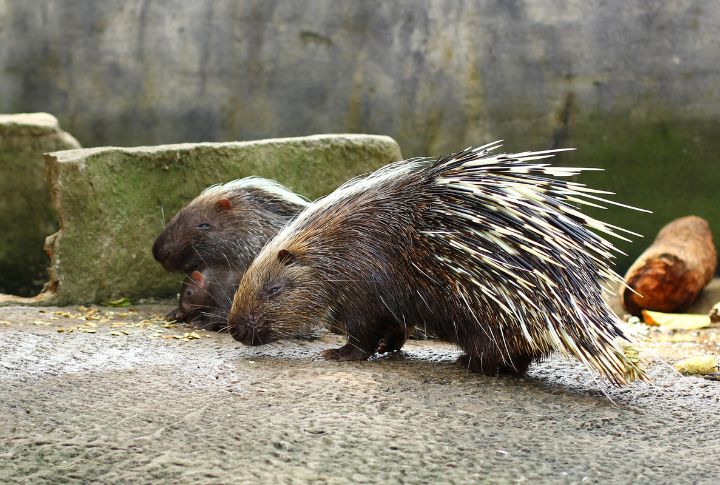
Creatures have unique physical traits for defense against predators. The quills of porcupines are for protection, and the pufferfish can inflate their bodies to appear larger and scarier.
Burrowing and Digging
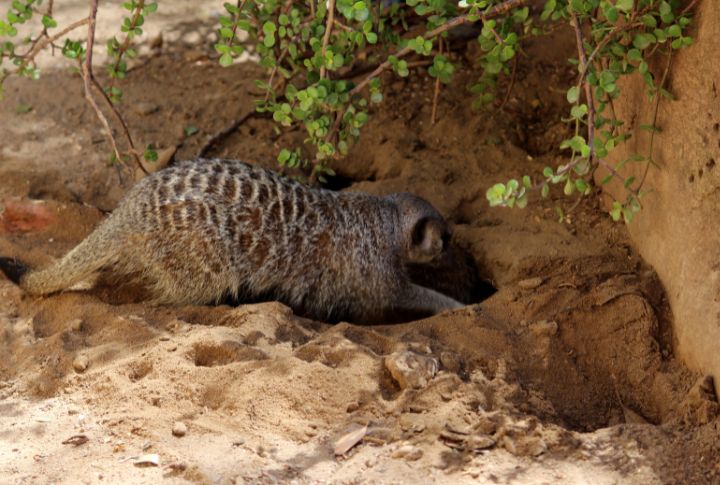
Animals that dig or burrow have specialized body shapes for their lifestyle. Moles have powerful, paddle-like forelimbs for digging, while earthworms have elongated, flexible bodies to move through the soil.
Structural Support
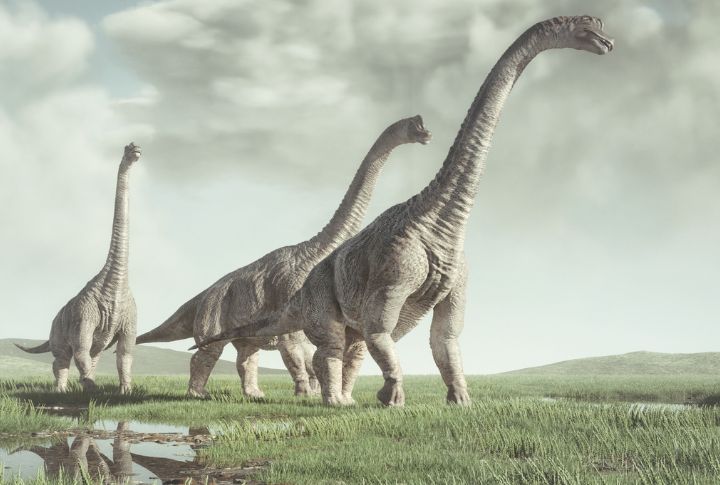
The need for structural support influences the body size of large land animals. Elephants and dinosaurs developed massive, pillar-like legs for their enormous bodies. Smaller animals have more varied limb structures.
Migration and Long-Distance Travel
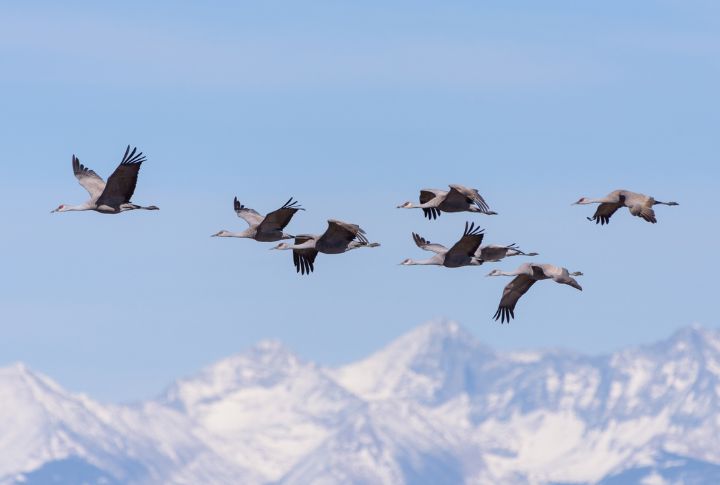
Animals that undertake long-distance migrations may have sizes and even colors to endure the rigors of travel. For example, lighter colors may help birds stay cooler, and lighter bodies may allow them to travel further.
Ecosystem Engineering
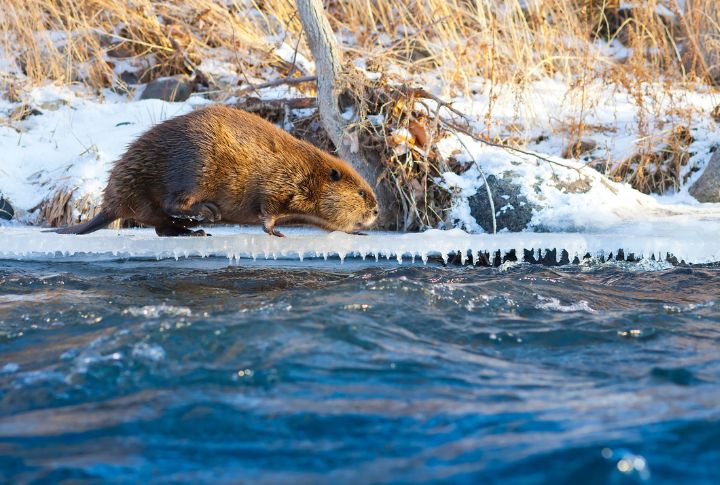
Some animals, such as beavers, alter their environments significantly through their activities. Body features, like the beaver’s front teeth, support their engineering behaviors, such as building dams and lodges.


Comments
Loading…